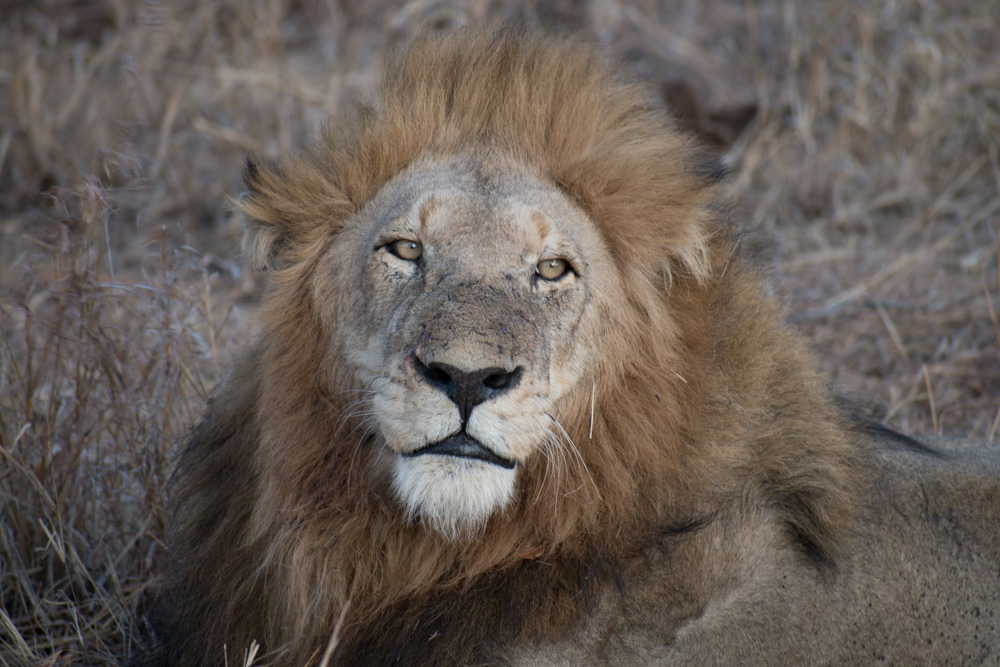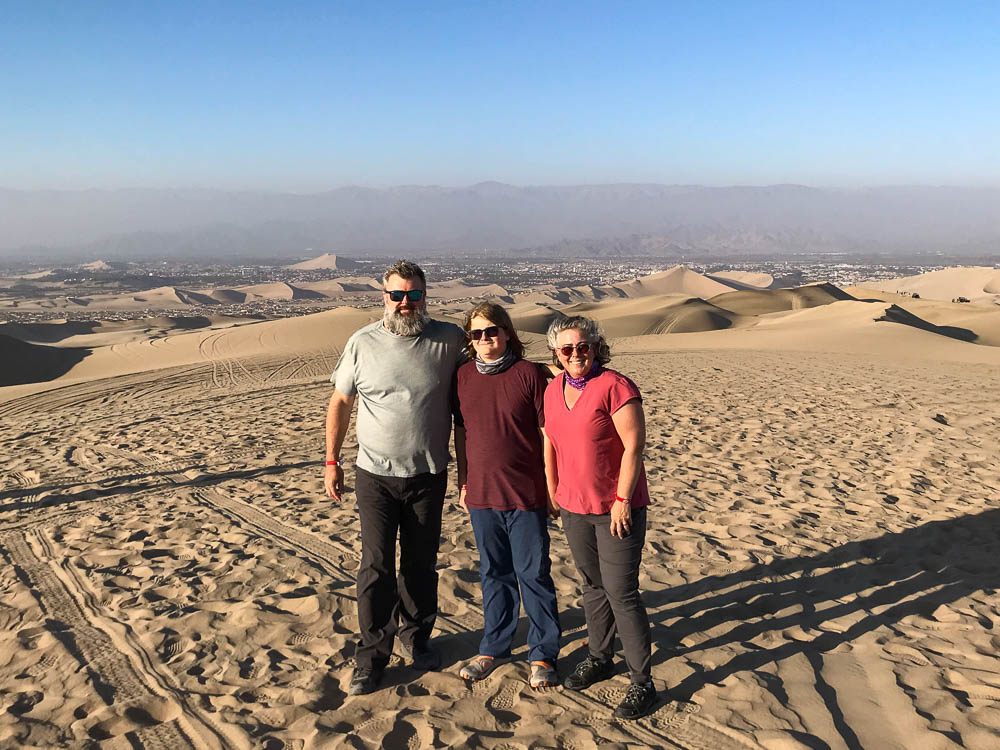Family Safari – Kruger National Park
A Day in Kruger National Park
After our break from the animals to explore the Panorama Route, the next activity on our agenda was a day self-driving in Kruger National Park. Although most of our other wildlife experiences on this trip were on private game reserves, we wanted to experience the quintessential South African Kruger experience. It was an interesting challenge having to spot the animals ourselves, rather than relying on guides to find them.
We were staying about a twenty minute drive away from the closest park gate to Hazyview, the Phabeni Gate. This meant an early morning start to get there around sunrise to be there when the gate opened. Early morning and late afternoon are the best time for game viewing. Our plan was to start early, then take a break for a lunch and a rest in the middle of the day. Then we would do some more animal-spotting in the afternoon before making sure to exit the park before the gate closed around sunset. The rules at Kruger National Park are quite strict, you need to be outside the park, or in one of the designated rest camps in the park by sundown.

Sunrise – Heading in to Kruger National Park
We had to leave before breakfast hours at our hotel (the highly-recommended Rissington Inn). Fortunately, we were able to order a picnic breakfast the night before. The staff had it waiting for us to pick up before we hit the road. This was eagerly consumed while we sat in the line of cars waiting for the park gate to open.
Animal-spotting in Kruger National Park
We really weren’t sure how many animals we’d be able to see in a day in Kruger National Park. In the park, you have to stick to the designated roads and you have to find the animals yourself if you’re self-driving like we were. We didn’t see any big cats or rhino, but as you will see we saw enough animals and birds to exceed our expectations.
The first sighting, predictably, was impala. These guys are the most common animal on safari drives in South Africa, to the point where you tend to ignore them after the first couple of days. Their graduated colors are quite pretty, especially in early morning or late afternoon sun.

Impala – Kruger National Park
Not far into the park was the first waterhole we came across. These are always worth checking out for hippos or other animals coming to drink. There were some hippos on the far side of this one, too far away for pictures. The main attraction at this waterhole was a magnificent fish eagle. It stood majestically next to an impressive nest, looking over the water.

Fish Eagle – Kruger National Park
A little further in to the park we saw another bird of prey, this time a snake eagle.

Snake Eagle – Kruger National Park
We were heading toward Satara Rest Camp, the largest rest camp in Kruger National Park. We planned to stop there to check out the visitor center. Also, we wanted to check out the board where visitors report where they have seen various animals. Before we made it there, though, we had a major sighting ourselves, coming across a group of elephants.

Elephant – Kruger National Park
Heading Further Into Kruger National Park
After stretching our legs and getting some information at Satara, we headed deeper into the park. Just outside the camp we saw one of the smaller animals to be seen in Kruger National Park as it ran across the road in front of us. Reviewing the picture I grabbed revealed that it was a mongoose.

Mongoose – Kruger National Park
The speed limit in the park is only 50 km/h to protect the animals. We were moving slowly enough that we heard a noise coming from the river next to the road. Parking in a pullout area looking over the river we saw what was making the noise. It was a large flock of red-billed quelea. These birds flock in vast numbers and are a bit of a menace to crops in some places.

Flock of Red-billed Quelea – Kruger National Park

Red-billed Quelea – Kruger National Park
A short time after seeing this phenomenon, we decided to check out some of the dirt roads that parallel the main road. With less traffic, we were thinking we might have a better chance of seeing animals. This plan worked, as we came across some vervet monkeys and a kudu with impressively large and curly horns.

Vervet Monkey – Kruger National Park

Kudu – Kruger National Park
Back on the main road, we came across another group of elephants, this time closer to the road.

Elephant – Kruger National Park
Heading towards our planned lunch stop, we took another diversion on a dirt road to check out a couple more waterholes. Crossing a (dry) river ford, we saw some shapes in the distance. Fortunately there was no one else on the road, so we were able to stop and check them out. They turned out to be buffalo, the second of the “Big 5” for the day (along with the elephants).

Buffalo – Kruger National Park
Reaching the waterholes, we were rewarded with the sight of a hippopotamus at a much closer distance than the earlier sighting. We were the only ones there, it’s really worth getting off the sealed roads and onto the dirt to escape the crowds. Although we saw some people in regular cars on the dirt roads, we were glad we had rented a 4WD SUV.

Hippopotamus – Kruger National Park
On the last stretch of road before our lunch stop, we added zebra and warthog to our Kruger National Park animal list.

Zebra – Kruger National Park

Warthog – Kruger National Park
Our lunch stop was Tshokwane Picnic Site. After some pretty decent food from the outdoor cafe (and ice cream from the store), we were ready to get back in the car for our afternoon’s adventures in Kruger National Park.
An Afternoon of Animal-spotting
Our first stop was Orpen Dam. This is one of the few places outside the rest camps and picnic sites where you are allowed to get out of your car, and there is a covered viewing area that looks over the dam. The main attraction while we were there was a number of crocodiles, peacefully coexisting with the dam’s waterfowl.

Crocodile and Geese at Orpen Dam – Kruger National Park

Crocodile – Kruger National Park
While we were watching the dam, a troop of baboons passed by on the far bank.

Baboons – Kruger National Park
This was as far into the park as we went, as we had to make sure we made it out of the park before the gate closed. On our way back to the gate we came across another group of elephants, not just close to the road but some of them actually on the road.

Why Did the Elephant Cross the Road? – Kruger National Park

Elephant – Kruger National Park
As we were on the last stretch of road heading toward the gate, we saw a number of cars stopped. This is usually a sign that there is an animal worth stopping to see. After waiting for one of the stopped cars to move, we were able to move into position to see what everyone was looking at – a family of spotted hyena lazing in the late afternoon sun.

Hyena – Kruger National Park
We had made good time heading back to the gate, so we had time for one last detour onto a side road. We figured it was one last chance to see a big cat. Realistically, this close to the park border it was a long shot. Our day did indeed remain catless, but we did manage to see a giraffe posing majestically in the late afternoon glow. This was a nice finish to our day in Kruger National Park.

Giraffe – Kruger National Park
Kruger National Park Practicalities
We just had one day to get a taste of the self-drive Kruger experience, as we planned to stay on private game reserves for most of our animal adventures in South Africa. However, it would be a great experience to spend a longer time in the park itself. This is a less expensive option than the private game reserves, and staying inside the park at rest camps and moving around to different areas of the park would provide a much more in-depth experience. It’s on our list of things to do one day. This is how most South Africans experience the park, so there are self-catering accommodation and camping options to help keep costs down.
There is a wealth of information online, but I would recommend starting with the official South African National Parks website. You can make most arrangements directly with them, to avoid having to pay unnecessary fees to travel agents or other middle men. It’s also a good idea to check with traveller forums (e.g. Tripadvisor or Lonely Planet) close to your planned trip. There are occasionally short-term issues that pop up that can impact travelers. These can include strikes by park workers or issues with various accommodations or restaurants in the rest camps. The tourist infrastructure in South Africa is generally pretty good, if a bit neglected at times. However, it is still Africa after all, so some unpredictability is to be expected.
However you experience Kruger National Park, it’s something that should be on the list of every traveller. It’s one of the great wildlife experiences of the world.




















 Travel Magazine
Travel Magazine